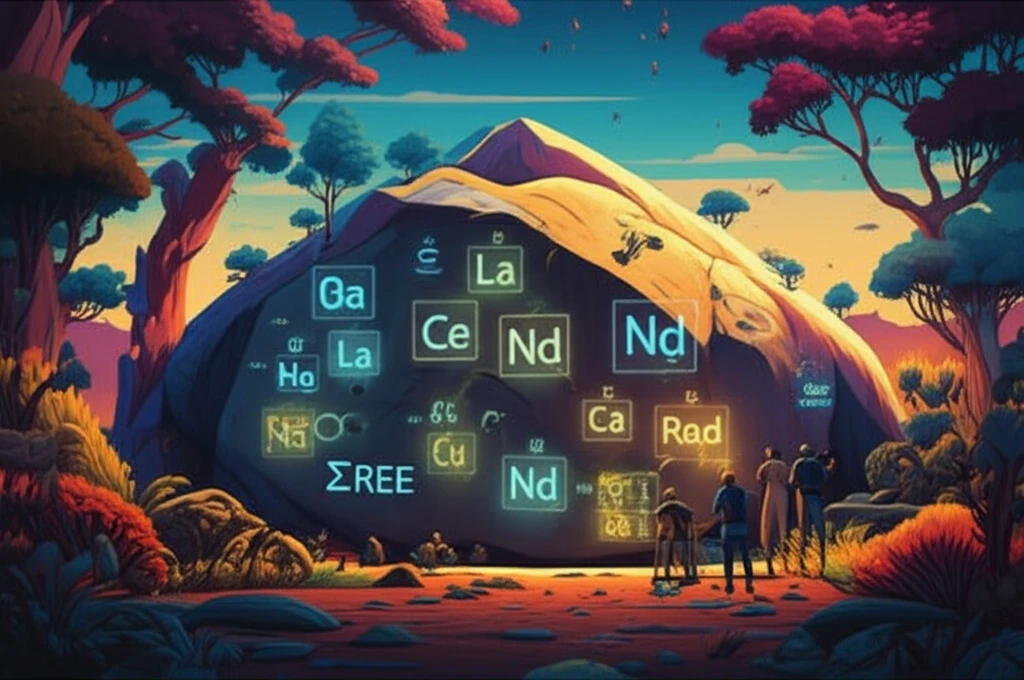
Unearthing Earth's Secrets: How Geochemistry Reveals Nigeria's Ancient Past
"Decoding the story of Idofin-Osi-Eruku's granitic rocks through trace element analysis."
Imagine holding a piece of Earth's history in your hands. Rocks, seemingly inert, are actually time capsules, preserving secrets of our planet's dynamic past. In the Idofin-Osi-Eruku area of Southwestern Nigeria, granitic rocks whisper tales of ancient tectonic events and magmatic processes. Understanding these stories requires a deep dive into their chemical composition, a field known as geochemistry.
Geochemistry is like a detective's toolkit for Earth scientists. By analyzing the types and amounts of trace elements and rare earth elements within rocks, researchers can reconstruct the conditions under which those rocks formed. These elements, though present in tiny concentrations, act as fingerprints, linking rocks to specific geological events and environments.
This article explores how scientists have used trace element and rare earth element geochemistry to unravel the petrogenesis (origin and formation) and geotectonic settings of granitic rocks in the Idofin-Osi-Eruku area. By examining these rocks, we can gain insights into the broader geological history of Southwestern Nigeria and the forces that have shaped our planet over millions of years.
What Can Geochemistry Tell Us About Rocks?

The Idofin-Osi-Eruku area, located in the southeastern part of Southwestern Nigeria, is part of the Nigerian Basement Complex, a region composed of ancient gneisses, migmatites, and other metamorphic rocks. Within this complex, granitic rocks intrude into older formations, providing clues about the region's tectonic activity during the Pan-African Orogeny, a major mountain-building event that occurred around 600 million years ago.
- Trace Elements: Elements present in very small amounts (parts per million or less) that can reveal information about the source of the magma and the processes it underwent during crystallization.
- Rare Earth Elements (REEs): A group of chemically similar elements that exhibit systematic variations in abundance, providing insights into the degree of fractionation (separation of elements) during magma evolution.
- Rb/Sr, Ba/Sr, and Ba/Rb Ratios: Ratios of incompatible elements (elements that do not easily fit into crystal structures) that are sensitive to magmatic differentiation processes.
Putting the Pieces Together: Tectonic Implications
By analyzing the trace element and rare earth element compositions of granitic rocks in the Idofin-Osi-Eruku area, scientists have gained valuable insights into the region's geological history. The geochemical signatures of these rocks point to a volcanic arc setting, where magmas were generated during the subduction of one tectonic plate beneath another. The granites were likely emplaced during the late stages of the Pan-African Orogeny, a period of intense tectonic activity that shaped much of Africa. This study underscores the power of geochemistry in unlocking Earth's secrets, transforming seemingly ordinary rocks into rich sources of information about our planet's past.
